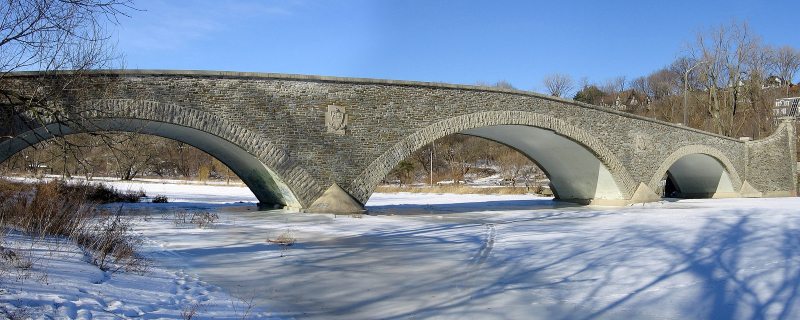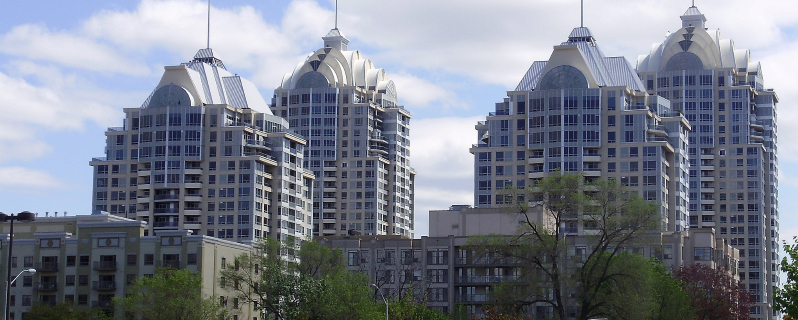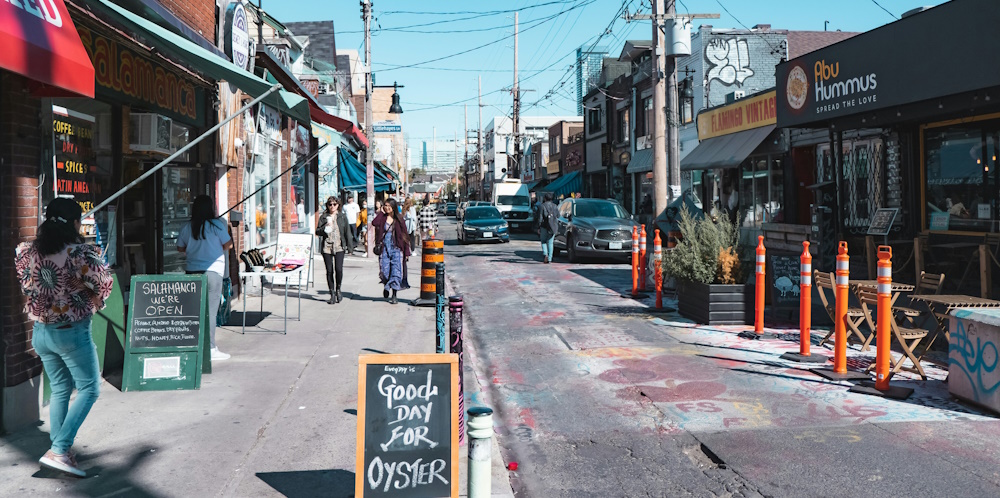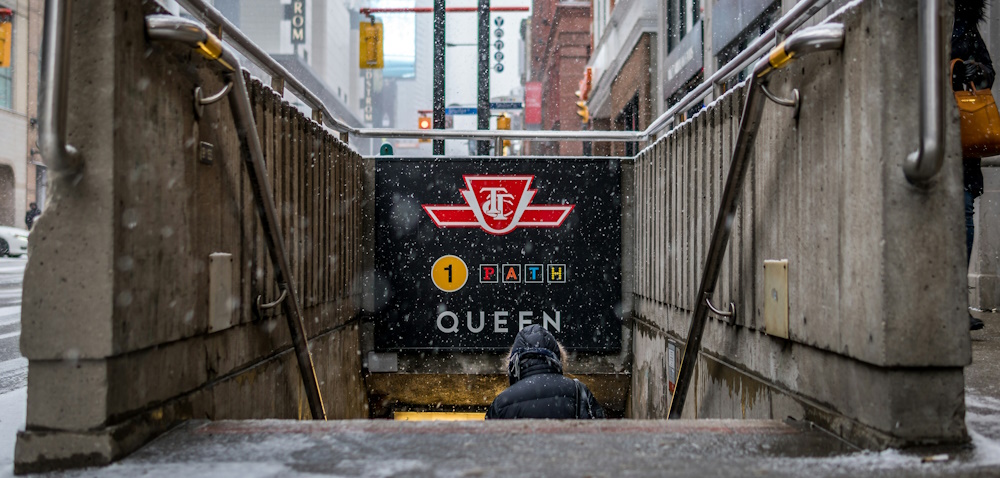Living in Toronto as an expat
Living in Toronto as an expat offers a unique experience. The city is nestled between three of North America’s Great Lakes – Eerie, Huron, and Ontario. This location invites you to hike, swim, and boat along their stunning shores.
Toronto has evolved into a bustling, multicultural metropolis, enriched by immigration from Asia, Africa, and Latin America, creating an inclusive environment where you’ll easily find communities that resonate with your background.
Besides boasting natural splendour, Toronto is a cosmopolitan city with plenty to offer, from a dynamic job market to world-class entertainment and a high quality of life. It’s no wonder so many find themselves drawn to Canada, with Toronto leading the charge as a top destination.
Working in Toronto

Working in Toronto gives you access to Canada’s economic heartbeat. The city is home to several large banking institutions and abundant opportunities in industries like technology, finance, biotechnology, aerospace, media, communications, and IT. Toronto is emerging as a tech hub, with growth in software development, artificial intelligence, and fintech – providing a variety of high-demand roles for skilled professionals.
Finance also plays a key role here, with major banks and investment firms based in the city, creating numerous opportunities in banking, investment analysis, and financial planning. The healthcare sector is also thriving, with innovation and research driving demand for healthcare professionals, administrators, and clinical roles.
Finding accommodation in Toronto
Finding accommodation in Toronto can vary significantly depending on your needs and budget. Downtown Toronto is constantly expanding and boasts a variety of accommodation options, from luxury apartments to more budget-friendly rental units.
Newcomers often gravitate towards neighbourhoods like Danforth, Leslieville, and Queen West. Danforth, also known as Greektown, is famous for its lively community atmosphere, cafés, and restaurants. Leslieville is ideal for young families and professionals, offering trendy cafés, local shops, and a warm community feel. Queen West is known for its artsy vibe, with galleries, music venues, and boutiques catering to creatives and professionals alike.
The iconic CN Tower, once the tallest freestanding structure in the world, can be seen from anywhere in the city, making it a useful landmark as you explore different neighbourhoods. For those looking to save on rent, suburban areas offer more affordable housing, and Toronto’s efficient public transport network makes commuting relatively easy.
Accommodation and Utilities in Toronto
Best (and Worst) Neighbourhoods in Toronto
Getting around Toronto

Getting around Toronto is straightforward thanks to its highly efficient public transport system. Almost every area and suburb has access to buses, trains, and a unique streetcar system. The extensive subway system forms the backbone of the city’s transport network, linking the outlying suburbs to the city centre. The Toronto Transit Commission (TTC) offers a comprehensive network of subways, buses, and streetcars, making getting around convenient and cost-effective.
Streetcars are a distinctive feature of Toronto’s transit infrastructure, primarily serving the downtown core. Toronto is also investing heavily in expanding its transit infrastructure. Projects like the Ontario Line and several light rail extensions are set to enhance connectivity across the city, reducing congestion and improving access.
Public Transport, Driving, Cycling, and Walking in Toronto
Cost of living in Toronto
The cost of living in Toronto can be high, with housing being a major expense. Rental prices in Toronto are notably high compared to cities like Montreal and Calgary, which offer more affordable housing options. Transport costs are comparable to those of other major cities, with public transit offering good value for residents. Groceries tend to be slightly above the national average, and dining out can be pricey, especially in downtown areas.
Budgeting and Cost of Living in Toronto Chart
Lifestyle in Toronto

Toronto is a shopper’s paradise, earning recognition as one of the best shopping destinations in the world. Local shops, speciality boutiques, and exclusive European and American outlets offer an extensive shopping experience. From Yonge Street to Queen West, there’s something for everyone, whether you’re hunting for high-end fashion or quirky local finds. And, of course, Toronto’s diverse food scene means you can sample cuisines from every corner of the globe without ever leaving the city.
Thanks to the many green spaces, lakes, and forests in and around Toronto, family get-togethers, hikes, picnics, and leisurely strolls will likely become regular pastimes. With exciting theme parks, museums, and family-friendly attractions, there’s never a shortage of places to explore. If you prefer the outdoors, the Toronto Islands, High Park, and the waterfront offer plenty of recreational opportunities.
Newcomers are often drawn to Toronto’s cultural festivals, such as the Toronto International Film Festival (TIFF) and Caribana, celebrating the city’s diversity. Attending sports games is another popular pastime, whether it’s cheering on the Toronto Raptors in basketball or catching a Blue Jays baseball game.
Shopping, Dining, Activities and Attractions in Toronto
Living in Toronto with children
If you’re moving to Toronto with children, you’ll find the city is ideal for raising a family. Toronto offers a variety of support services to help newcomer families settle in. The City of Toronto operates Newcomer Services Kiosks, providing information on city services and community support. Organisations like The Neighbourhood Organisation (TNO) offer settlement programmes, language instruction, and assistance in creating customised settlement plans. At the same time, the YMCA provides support in nearly 60 languages, offering interactive programmes and volunteer opportunities to help you integrate.
Toronto also boasts many parks and green spaces, making it easy to keep children entertained and active. High Park, one of the city’s largest parks, features extensive playgrounds, a zoo, and trails – perfect for family outings. Trinity Bellwoods and Riverdale Park also offer great playgrounds and open spaces, with Scarborough Bluffs providing scenic views ideal for picnics.
Finding a school in Toronto
Finding a school in Toronto is straightforward, with excellent public, international, and private schools throughout the city. When deciding between public and private schools, consider curriculum, class sizes, and facilities. Public schools follow the Ontario Ministry of Education curriculum, ensuring a standardised education, while private schools often offer specialised programmes, such as International Baccalaureate (IB) or Advanced Placement (AP). Private schools typically have smaller class sizes, providing more individual attention, whereas public schools offer a diverse range of extracurricular activities.
Certain neighbourhoods are known for their high-quality schools. Lawrence Park and Leaside are home to some top public schools in the city, while The Beaches and Etobicoke are also home to reputable institutions. It’s always a good idea to visit schools and speak with staff to determine which environment suits your child best. From French immersion to international curricula, Toronto’s schools offer diverse programmes to cater to every need.
Ontario Education System and Schools in Toronto
International Schools in Toronto
Healthcare in Toronto

Healthcare in Toronto is world-class, with highly qualified specialists and advanced facilities. To access the public healthcare system, you need to apply for the Ontario Health Insurance Plan (OHIP). Eligible residents, such as permanent residents and certain temporary residents, can apply at a ServiceOntario centre. You’ll need proof of residency, identity, and immigration status.
OHIP covers many essential medical services, such as doctor visits and hospital stays, but it doesn’t include prescription drugs, dental care, or physiotherapy. Private health insurance can help cover these additional services and may be offered by employers as part of their benefits package. Knowing where local healthcare facilities are and understanding how to make sense of the system can make a significant difference when settling into life in Toronto.
Healthcare and Health Insurance in Toronto
Climate in Toronto
The climate in Toronto is categorised as continental, offering four distinct seasons that impact daily life in different ways. Spring in Toronto brings mild temperatures, and the city comes to life with blooming parks, although you’ll need an umbrella handy due to frequent rain showers. Summer is the perfect time to enjoy Toronto’s outdoor festivals, patio dining, and recreational activities, although the occasional heatwave may have you seeking out some air-conditioned comfort.
Autumn is simply stunning. The city’s parks and streets are adorned with colourful foliage, making it a lovely time for strolls and hikes. Winter in Toronto can be a bit of a shock if you’re not used to it, with temperatures averaging below freezing. Snow is common, and daily routines often include snow removal and layering up to stay warm. Invest in a good winter coat, insulated boots, and warm accessories – layering is key.
Weather and Climate Charts in Toronto
Overall, if you move to Toronto, you can expect a welcoming and safe city with a rich quality of life. Whether you’re looking for career growth, a place to raise a family or a vibrant cultural experience, Toronto offers it all in spades.




.jpg)















